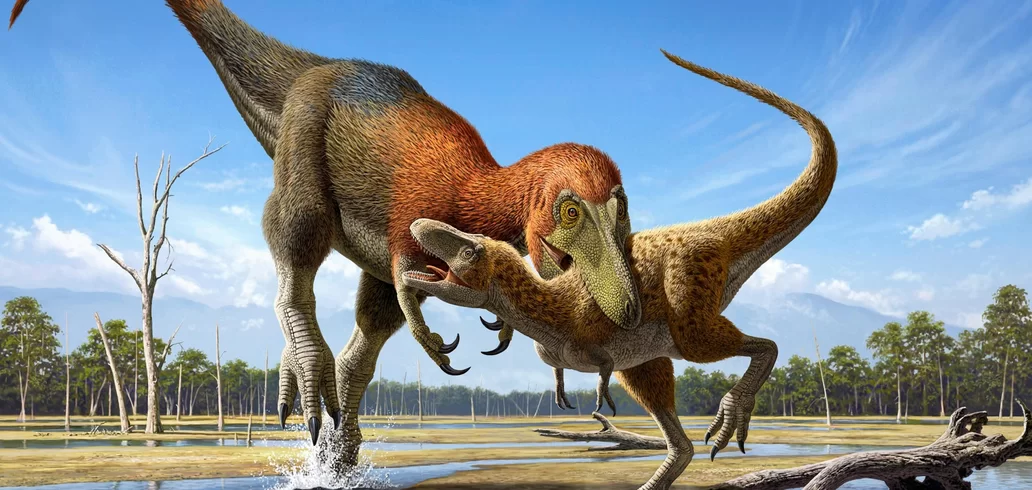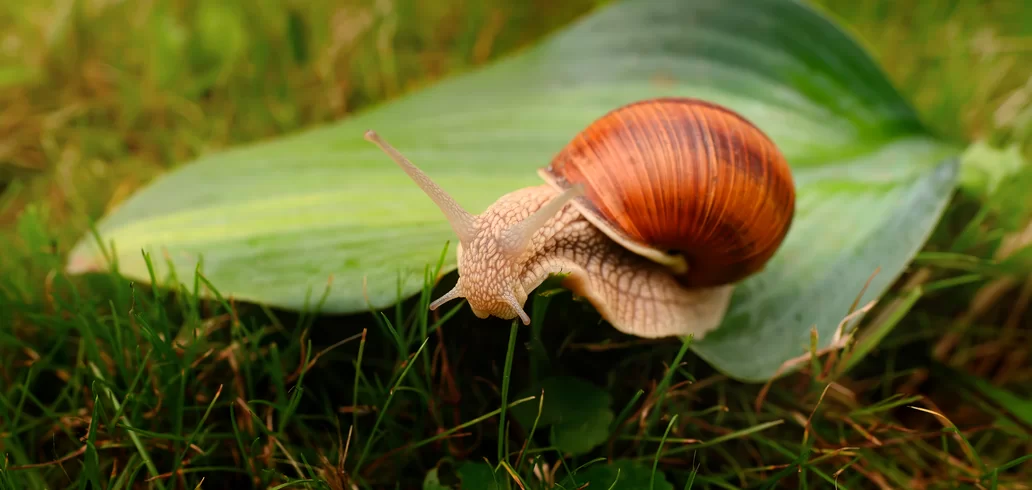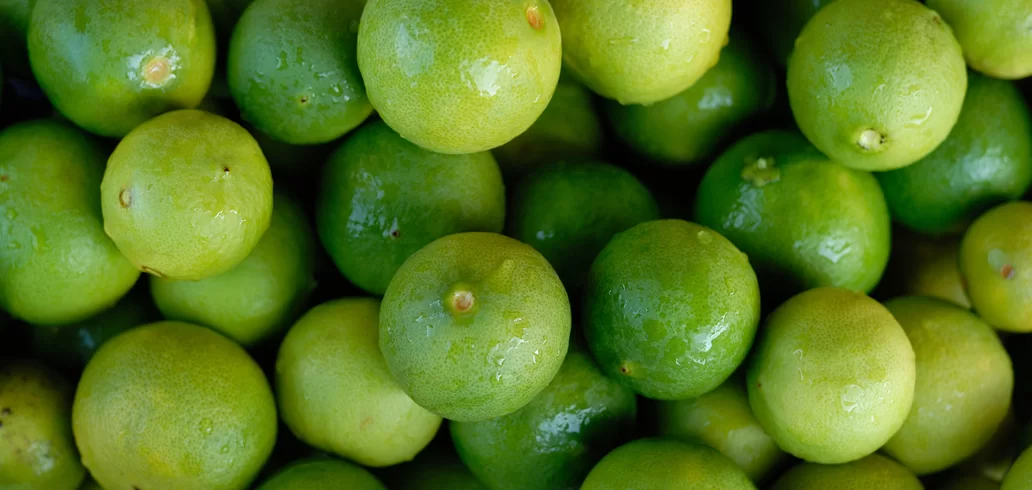Entertainment
Meet the granulated starfish and its, shall we say, 'suggestive' appearance
Advertisement
These starfish have a distinctly round and flat shape, with a grainy texture on their surface. What really catches their eye are their numerous sharp spines that spread throughout their bodies, giving them a rather… intriguing appearance, to say the least. Plus, their coloration ranges from vibrant shades of red, orange, and yellow, adding yet another layer of visual allure.
Now, while some may see their appearance as suggestive, others may simply admire their uniqueness and beauty in nature. Either way, granulated starfish certainly capture the imagination!
Characteristics of the granulated starfish
The granulated starfish, also known as Tosia magnifica, is a species of starfish found in tropical and subtropical marine habitats of the Indian Ocean and the Pacific Ocean. Here are some distinguishing features of this species:
1. **Size**: Granulated starfish are generally moderate in size, with a diameter ranging from about 4 to 8 inches, although some can grow a bit larger.
2. **Coloration**: Their coloration varies from a shade of reddish-brown to orange and even yellow, with darker or lighter spots spread across the body. Some may have a more intense coloration, while others are paler.
3. **Texture**: As the name suggests, its surface is grainy, with small protuberances or spines evenly distributed throughout the body. This grainy texture is a distinctive feature that helps in the identification of this species.
4. **Shape**: They usually have five long, thin arms, which can extend from a central disk. The shape of the arms can vary slightly, being more elongated or shorter depending on the individual.
5. **Habitat**: These starfish are found primarily in coral reefs and rocky areas, where they feed on a variety of marine organisms such as molluscs, crustaceans, and small fish.
6. **Feeding behavior**: They are predators that feed mainly through active predation, using their arms to capture prey and bring it to the mouth located in the central part of the body.
7. **Reproduction**: Like many starfish, they have a significant capacity for regeneration and can also reproduce asexually through body fragmentation or sexually through the release of gametes into the water.
These are just a few of the remarkable features of the granulated starfish. These animals play important roles in marine ecosystems and are fascinating subjects of study for marine biologists and marine life enthusiasts.
Where is the starfish's head?
Starfish do not have an anatomical structure like a “head” in the traditional sense. They have radial symmetry and do not have a head, brain, or sensory organs concentrated in a specific region of the body. Instead, a starfish’s body is organized around a central disk, from which its arms extend.
The central disc is where the starfish's mouth is located. From the mouth, a system of branching canals and tubes called the water vascular system (WVS) extends into the arms. This system is used to move water in and out of the starfish's body, which is essential for breathing, locomotion, and feeding.
So instead of a head like we humans have, the starfish's mouth is located in its central disk, and from it, the arms extend radially. This is one of the distinctive features of these marine animals.
You may also like

Starbucks Jobs: Global Career Opportunities Around the World
Explore global Starbucks jobs and build your career with great benefits, growth, and opportunities worldwide.
Keep Reading
How to Recover Deleted Photos from Cell Phone: Simple and Effective Methods
Learn how to recover deleted photos from your cell phone in a practical and effective way and don't lose your important memories!
Keep Reading


